In January 2020, having emptied my piggy bank, I went on a week-long Merchant and Mills sewing retreat in Rye. I don’t play the stock market, but I do understand the concept of return on investment, and this was one of the best investments I’ve ever made.
As it turned out and because of Covid, it was the last M&M retreat for several years, and in many ways it was perfectly timed. It meant I had months, years, to practice all I’d learned, and to sew and sew and sew during the lockdowns.
[‘Sewing Machine’ by Lena Callister]
The dressmaking phase had been a long time coming. When I was nine or ten, I was shown how to use my Nana’s old Singer sewing machine by the talented university student who was renting the spare room in our house. I remember my Mum’s astonishment when Monisha showed us the beautifully made, lined, tweed midi-coat she’d made on the machine, and I knew immediately that I wanted to be able to sew something like that. Hah, I only had to wait several decades to get there.
I had one year of dreadful needlework lessons at senior school (a whole term to make a pump bag with a drawstring), and as a teenager I taught myself what I needed to know to make simple smock tops. But it was a long, long time before I decided I was ready to start dressmaking again and to make clothes I was confident about wearing outside the house. I got started around five or six years ago when I did a very good one-day workshop at Raystitch but the unfinished dress went in a pile and gradually got buried. I also I did my best to make a Strand coat but it was an absolute disaster.
So when I got an email from M&M saying a last-minute cancellation meant a place had come free on the retreat, I knew it would be worth it. The list of things I wanted to learn was ridiculously long - now that I knew what I didn’t know - and over the course of four days’ intensive but well-paced and incredibly supportive dressmaking, I ticked them off. Reading patterns ✔️ Buttonholes ✔️ Zips ✔️ Using an overlocker ✔️ Lengthening ✔️ Gathering ✔️ Stay-stitching ✔️ Tailors tacks ✔️
[‘Tailor Tack’ (2023) by Catherine Dormer, huge darts marked on a length of fabric with oversize tailors tacks]
I came away with a pair of Eve trousers and an Ellis dress, a massively increased practical knowledge, and a new-found love of darts; every time I sew one, I hear tutor Katie’s words, “and now, Jane, you are going to sew a perfect dart”. (I still really don’t want to let Katie down.)
[knowing when to stop rule no1: when it’s too dark to thread a needle. ‘The Sewing Machine’ (1968) by Charles McCall ]
I also reached a whole new level of enjoyment when setting in sleeves and I LOVE doing sleeves. Plus, I learned that it is never worth rushing, but always worth enjoying each and every part of the dressmaking process (and when to stop for the day).
[‘Month of March: Fitting Dress on Table’ (1926), Stanley Spencer]
I don’t have an overlocker (zigzag finishing is fine for me), I still get nervous about buttonholes (the possibilities of mucking up at the last moment are very great), and I know my limits. I can follow a quite complex pattern eg Harlene dungarees and I’ve just finished a Cawley dress, but I can’t really go beyond its parameters. I’m fascinated by people who blithely say oh yes, I made such-and-such a garment, but changed this, this, and this, did different pockets, turned a dress into a top and vice versa, added flounces and frills, wore it to a wedding then altered it for the office/gardening/pottery etc. As with so many of my creative endeavours, I can only think in 2D.
[‘Saint Laurent’ (2022) by Vita Cochran, a 1980s wool jacket on a wool backing]
This doesn’t stop me being amazed by other people’s abilities to create patterns which, when cut out of a piece of flat fabric, can follow, move away from, hug, exaggerate the contours of the human body. When you deconstruct a jacket say, as Vita Cochran has done with her beautiful Exploded Coats, you begin to appreciate all the intricate shapes that go to make up a garment - and yet for a novice it’s virtually impossible to work out which joins which and where and how.
How on earth are designers and pattern-cutters able to visualise how a sleeve, which is not there to encase an arm rigidly but to allow it to swing and bend and lift and play the piano, should be cut? How did they learn to cut cloth fluidly and with enormous shears so that it can accommodate, flatter, protect bodies?
If I had to cut out a pattern from scratch, it would definitely be a cartoon variety, as in Enchanted (2007, above), to produce something only Flat Stanley or a gingerbread man or paper dolls could wear. The end result would resemble the way children lay out their clothes for the next day on the floor before going to bed (at least ours did, and I used to find it both funny and also a little uncanny seeing a flattened version of my child on the carpet). This is why I’m going to try a Zero Waste (ZW) pattern by Birgitta Helmersson made with the simplest of flat shapes - squares, strips, rectangles, a triangle or two.
[Making uniforms, 1941: marking the pattern of uniforms onto material with chalk in preparation for the cutting stage of the process]
However, because of my spatial imagination limitations, I do love the jigsaw approach to laying out pattern pieces on my fabric ready for cutting, and trying to get them all out of as short a length as possible - only for the satisfaction of doing so, as I’d never dare buy less than it says on the pattern. I’d enjoy this (above) sort of mega-laying-out of pieces of fabric on a huge work bench.
[Joanne Woodward sewing her Oscars gown]
As well as concerns about school teacher-induced neatness anxiety and a flat approach to creativity, what might also have put me off dressmaking was the way that, for a long time and probably since readymade clothing came into the shops (see High Wages), there has been some/a great deal of sniffiness and snobbery about homemade clothes. Take, for example, the incredible green taffeta gown Joanne Woodward made for the Academy Awards in 1958. She wasn’t expecting to win an Oscar, didn’t want to spend a fortune, so was delighted when she did and the whole world saw her dress. “I’m almost as proud of that dress as I am of my Oscar”, she said. Contrast this with the mix of faux shock/horror reactions in the press, and the comment by Joan Crawford: “Joanne Woodward is setting the cause of Hollywood glamour back 20 years by making her own clothes”. Gahhhh. I may have had some residual reservations myself, but I’ve got over any self-consciousness of wearing homemade clothes mainly because they don’t look homemade (not that this a bad thing, just not the look I’m after). This is thanks to the new generation of great patterns and fabrics which are suited to less-than-haute-couture skills, and therefore produce good results.
[‘Dressing Up’ (2023) by Hannah Lamb. I like the juxtaposition of the cyanotyope of a flat shirt and the 3D metal mannequin]
By coincidence we went to see Tailored at The Hub in Sleaford this week (turned up to find a ukelele group having a practice in the cafe - can’t beat a bit of George Formby and, yes, the Beatles with a cup of tea). I may have mentioned this before (jk), but I’m a bit picky about textile exhibitions. This was in the ‘good’ category. It included a great deal of imaginative thinking about the skills and language of dressmaking and tailoring, of turning flat materials into sculpted forms. In modern parlance, it ‘unpicked’ all sorts of details of garments and their construction. Well worth a visit on a Tuesday morning when the ukelele-players meet.
[detail of my Sanda coat]
So, what do I make? My first-choice pattern company is Merchant and Mills because I like their unfussiness (not a word, but it sounds right) and the timelessness of their designs. Their sizing works for me (being tall helps with M&M patterns) and I’ve got used to their printed instructions (to the point where I am often baffled by other companies’ directions). And I love, adore, their fabrics. When I first started dressmaking, I saw it as an opportunity to make things in colours and fabrics I’d never normally wear. Big mistake. I quickly reverted to the colours I always wear. Navy, navy, pale blue, white, grey, black, navy, navy, one excursion into a bright pink linen dress. My favourite patterns, the ones I’ve made in multiples, includet he Factory Dress, the Camber Top, the Florence Top, the Ottoline Jacket, and yes the September Coat (I’ve now made three in various tweeds from Fabworks) and my latest, the Sanda Coat in a wonderful herringbone wool from Huddersfield Fine Fabrics. At last, I can twirl around in my coats and flash the patterned linings, and give thanks to Monisha for the help and inspiration. (I have also made several Cuff Tops (very easy), Bob Pants by Style Arc, and two Eva dresses by Tessuti.)
I suppose I should explain why there are so few photos of the clothes I’ve made here and on Instagram. I very rarely take any - I just wear them. It takes a skill in styling which I don’t have, and I’m certainly no model, either. Also, I’m just not keen on displaying my personal wardrobe. But here’s one to prove I really do dressmaking (an Eva dress worn last summer).
Happy Sunday!
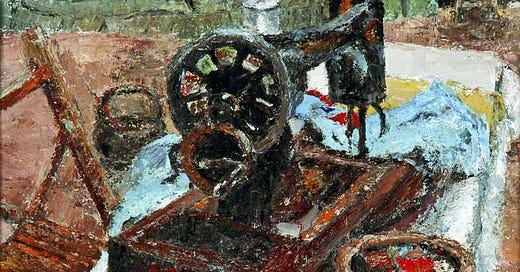



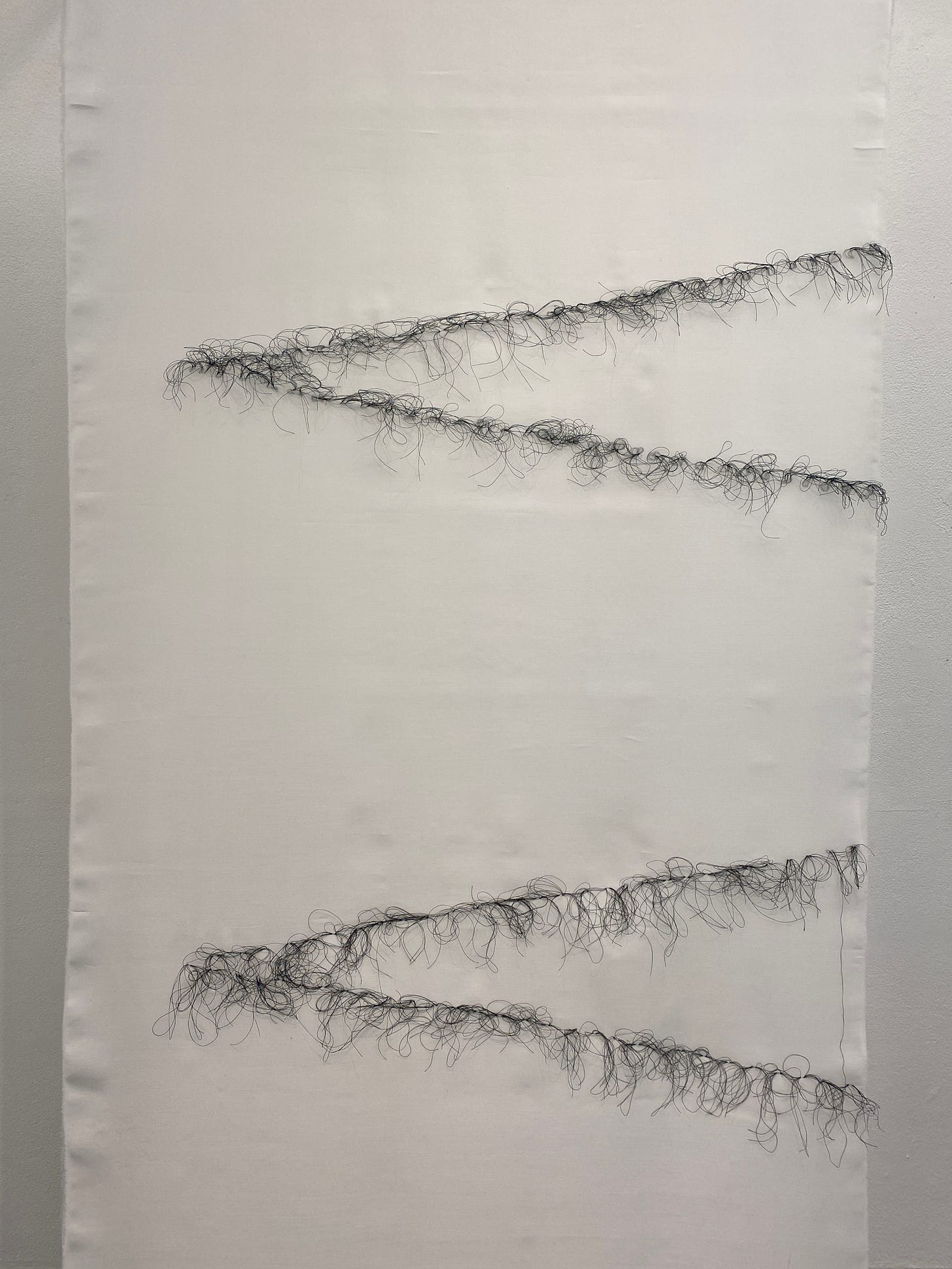
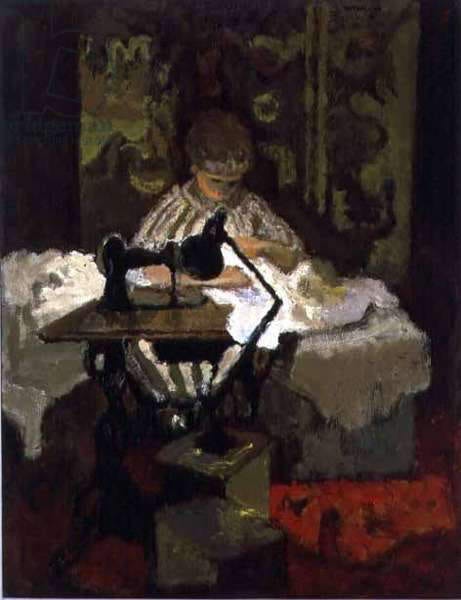
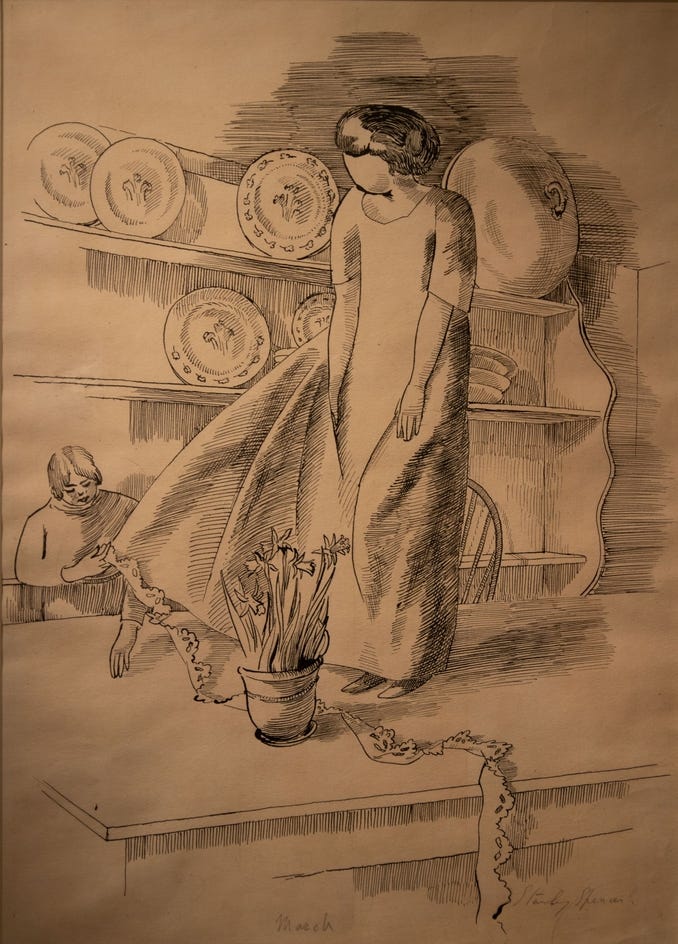
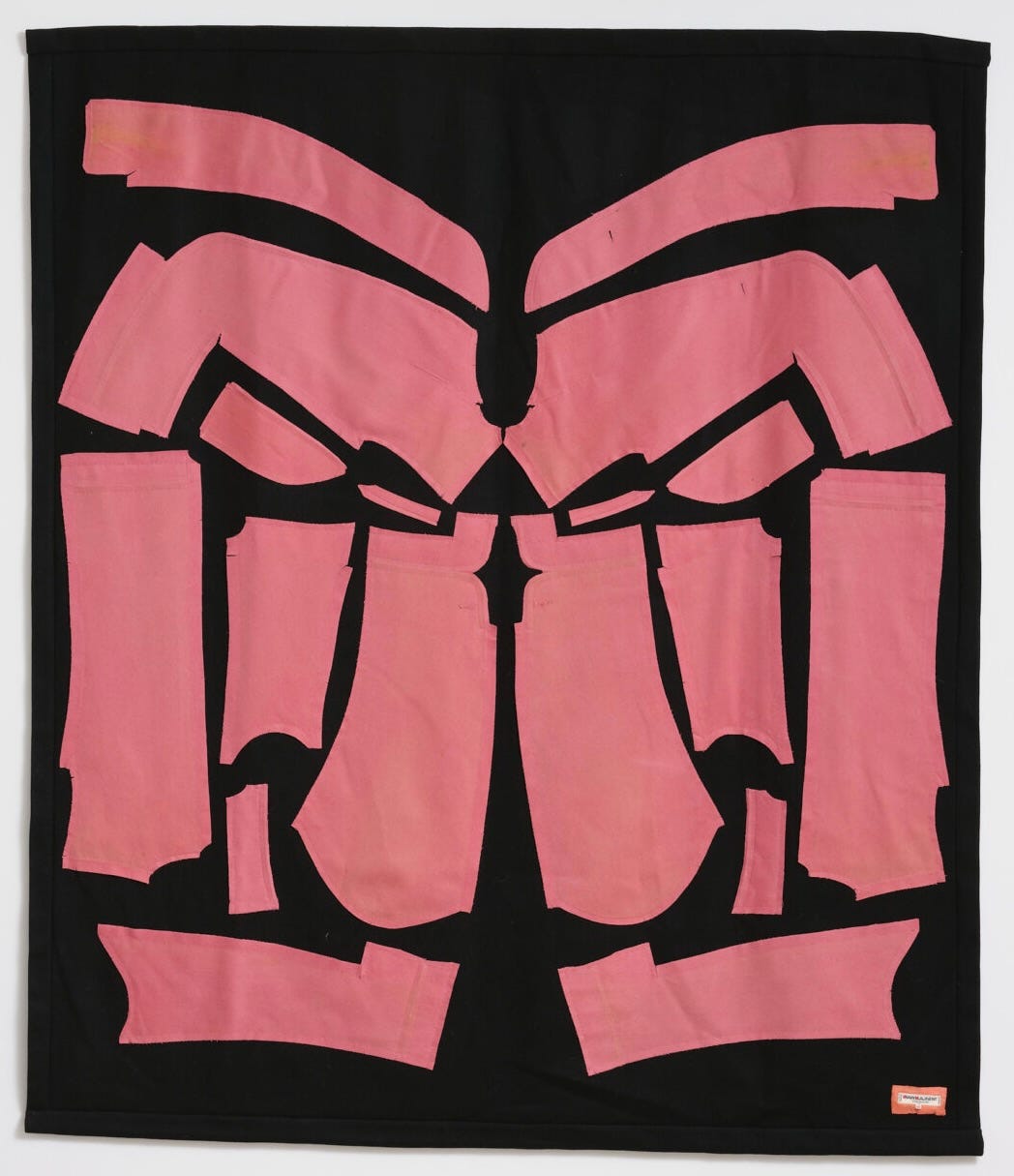
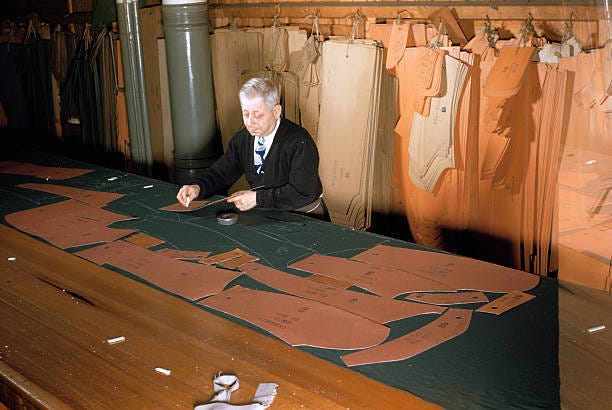
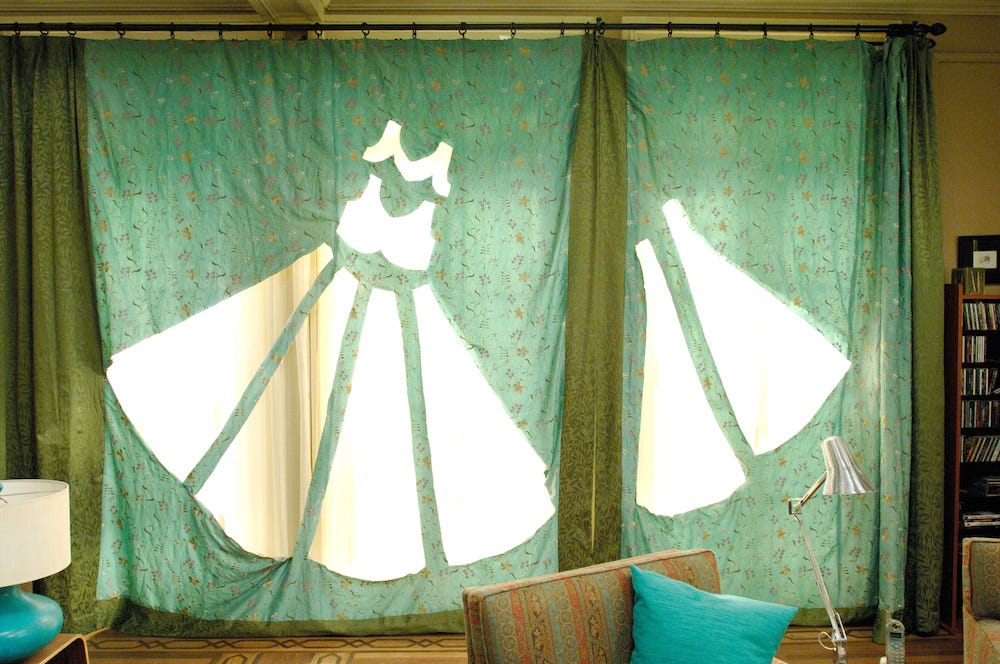

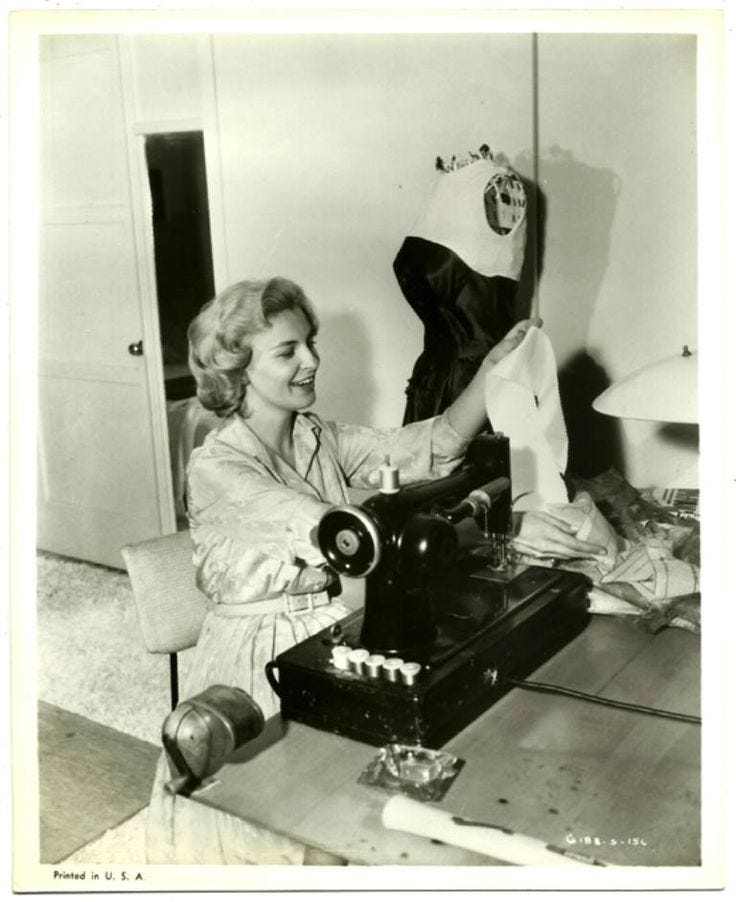
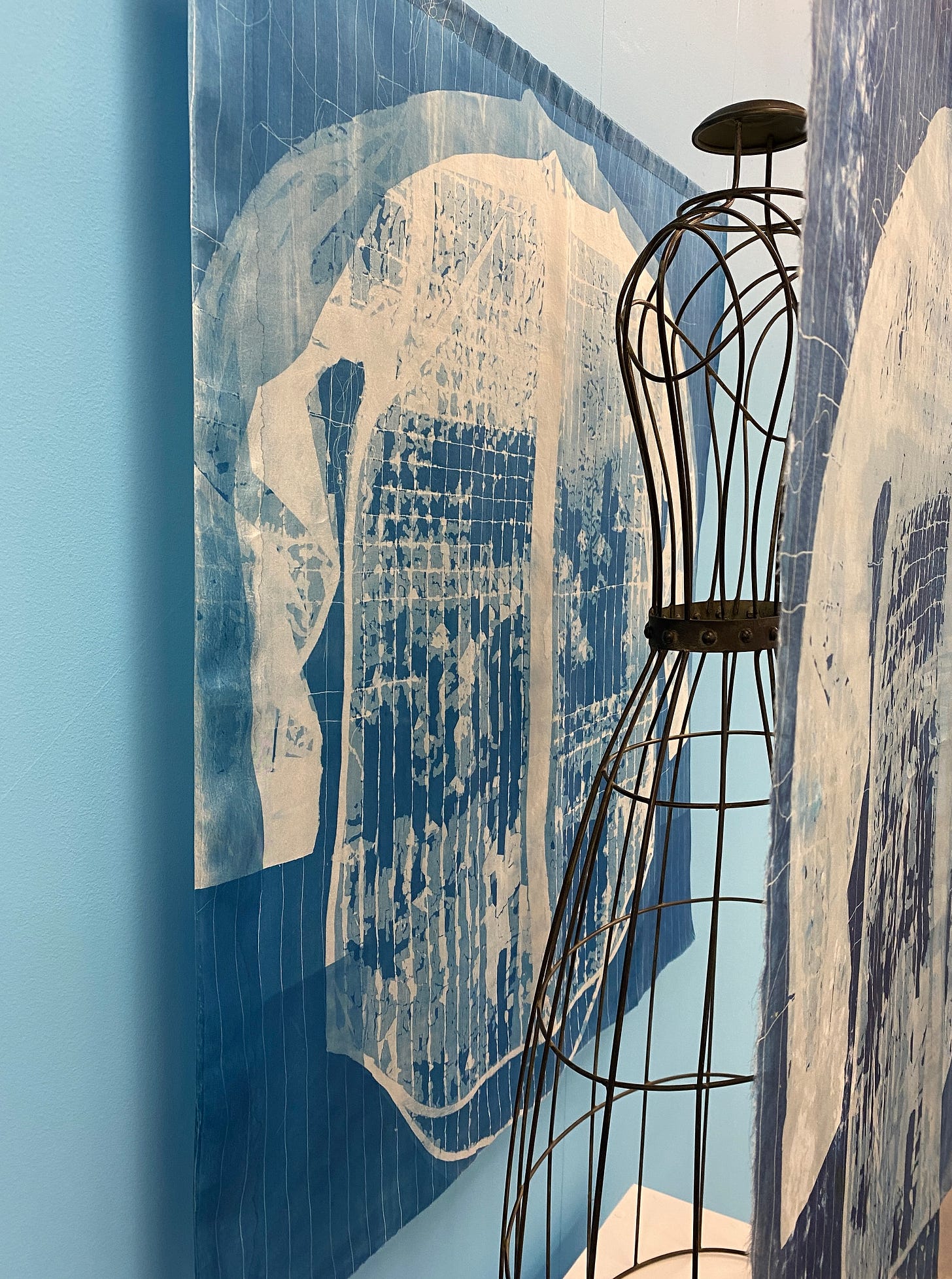

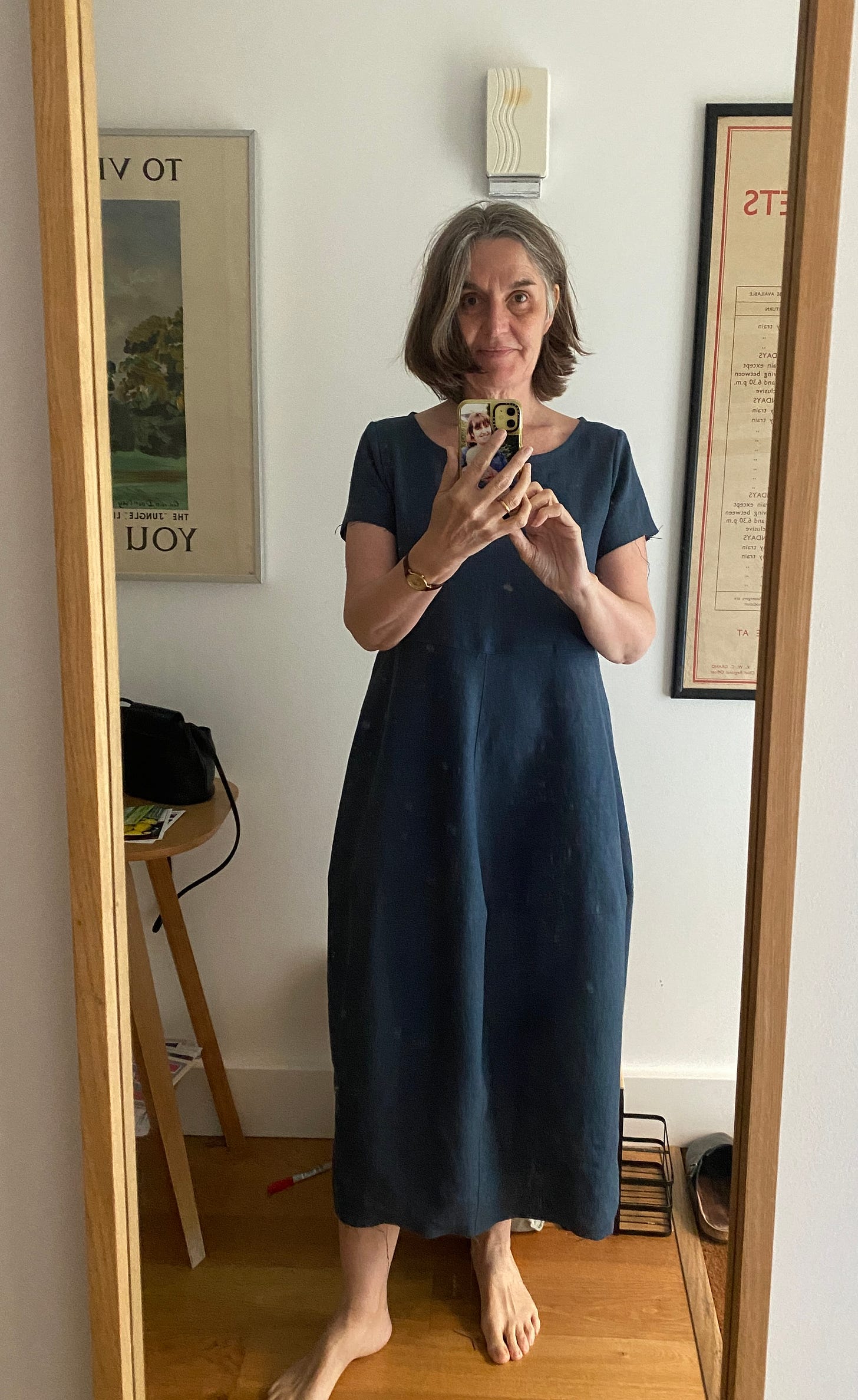
Just this week our guild is starting a study of “Acts of Sewing”! First up is a simple top that I am eager to begin. I sewed well enough for the children, but never really got it for myself. Part of my problem is the denial of my measurements. I have to acknowledge that my hips are 43” and my waist is 35” which isn’t easy because in my mind I am still that 18 year old with the 21” waist. Perhaps I should learn to embrace more confidently this eight decade old body and the magic it has made…. And the best way to do that is to adorn it lovingly and creatively. Hmmmm… and I do adore your dress!!!
What a great post! Brought back memories of school needlework lessons at 13; taking a whole year of an hour a week making a red skirt which was too short by the end of the process as I’d had a growth spurt, but I added a Royal Stewart tartan tier and felt a huge sense of achievement to wear something I’d made! By necessity I made /altered most of my clothes at Uni in the 80s when jumble sales were cheap and plentiful! In my upcoming retirement from teaching when I have time to myself, I have notebooks full of plans for head squares and duvet covers …….. Thankyou for the inspiration Jane!